The Western Cape province is one of the leaders among all kinds of travelers. Visitors from all over the world come here for new exotic experiences. The first impressions, of course, are left by the magnificent nature of these places. There are white and yellow sandy beaches, emerald green flowering valleys with vineyards and fruit orchards, high mountain ridges, the largest forests in the country with giant trees, ferns and wild orchids.
In this article, we will talk about the five best cities in Western Cape located in the vicinity of all these natural beauties.
Table of Contents
5 Cities to Visit in Western Cape
Fish Hoek
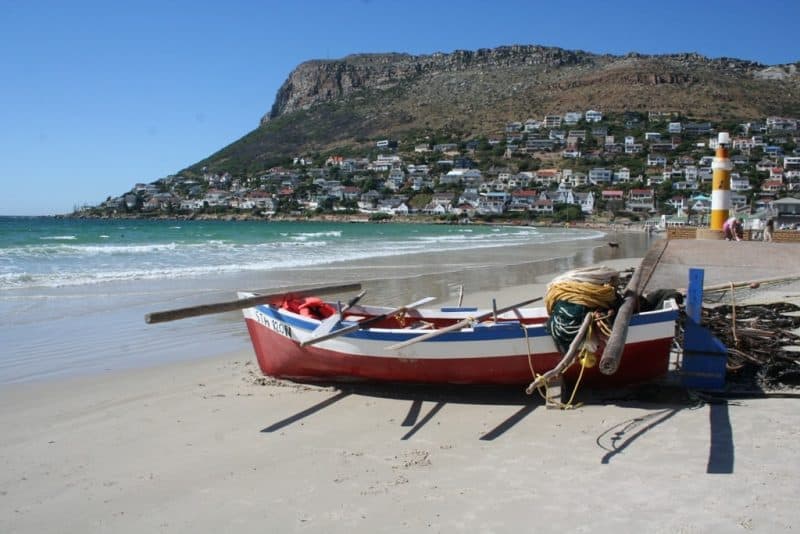
Location: Along the False Bay coast road, just 35 km from Cape Town, lies the serene town of Fish Hoek. The long stretch of white sand on Fish Hoek Beach is one of the safest bathing places in the Peninsula, if not in the whole country.
History: Fish Hoek was a farm granted in 1818 to Andries Bruins by Lord Charles Somerset. Bruins called it Vischhoek, meaning “Fish Glen” in Dutch. As transport drivers on their way to Simon’s Town Navy Base had to traverse the farm, a condition for granting the farm was that no public wine house would be built here. At that time, the restaurants have served alcohol with meals, but the village was precluded from allowing off-sales.
Science & Nature: From late August, it’s maternity month for mother whales. Jager’s Walk along the coastline is ideal for whale watching, and the water alongside the walk is excellent for snorkeling.
Sport: Bowlers, golfers, and tennis players are well catered for at the Clovelly Country Club, while the waves in False Bay offer a fabulous water playground for windsurfers and sailors when the wind picks up.
Interesting fact: Fish Hoek’s “Dry Town” status has caused many pubs to go out of business due to a lack of patronage!
Where to stay: Ascot Gardens accommodation is located in a quiet suburb of Bergvliet in the Constantia Valley. 1, 2, 3and 4-bedroomed self-catering, family cottages with open-plan kitchen/living room, bathroom/shower, braai, and parking.
Franschhoek Winelands
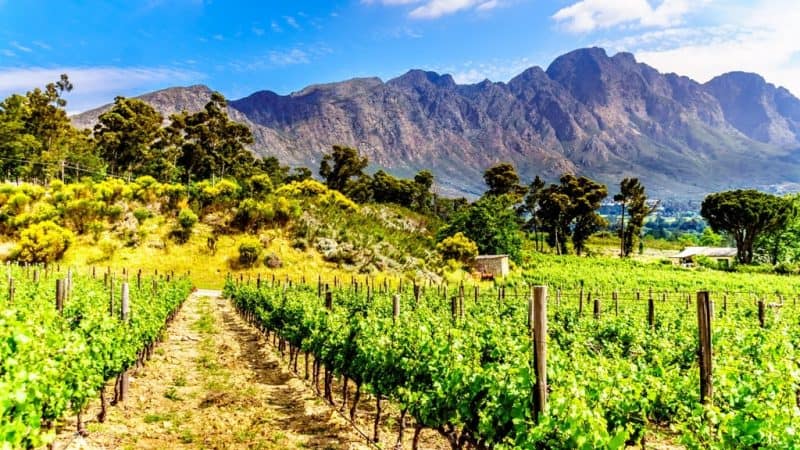
Location: The charming Cape Winelands village lies in the magnificent Franschhoek Wine Valley about 25km south of Paarl, and 83km from Cape Town. It is about an hour’s drive from the Mother City.
History: Although Franschhoek was only formally established in 1860, the French Huguenot refugees had already been living in the area for two centuries. Today the town is essential in winemaking and a trendy tourist destination.
Arts and Culture: The overriding culture of Franschhoek is that of winemaking and gourmet food, which pays homage to its French Huguenot ancestry. There are at least 22 wine estates in the district, and quite a few of them are world-famous. When it comes to food preparation, Franschhoek is often referred to as the gourmet capital of South Africa, and eight of South Africa’s “Top 100” restaurants are here!
It’s like the foodie capital of Vietnam – Hanoi that has also been under French influence.
Besides winemaking and tasting, visitors can get a taste of the local culture by visiting two historical museums, namely the Huguenot Memorial and the Huguenot Museum. The French left behind a rich heritage of arts and architecture, and visitors will find the main street lined with antique shops, craft shops and galleries displaying local arts.
Science and Nature: Viticulture is the most crucial industry in the area, and visitors interested in the process of winemaking will find plenty of places along the wine route.
Where to stay: Bird Cottage And Frog Lodge is located in the beautiful Franschhoek Valley on a wine grape farm, on the southern slopes of the mountains. The cottages have fireplaces and are self-catering. Swimming and walking trails are available. The village is a gourmet’s delight with numerous antique shops.
Cederberg
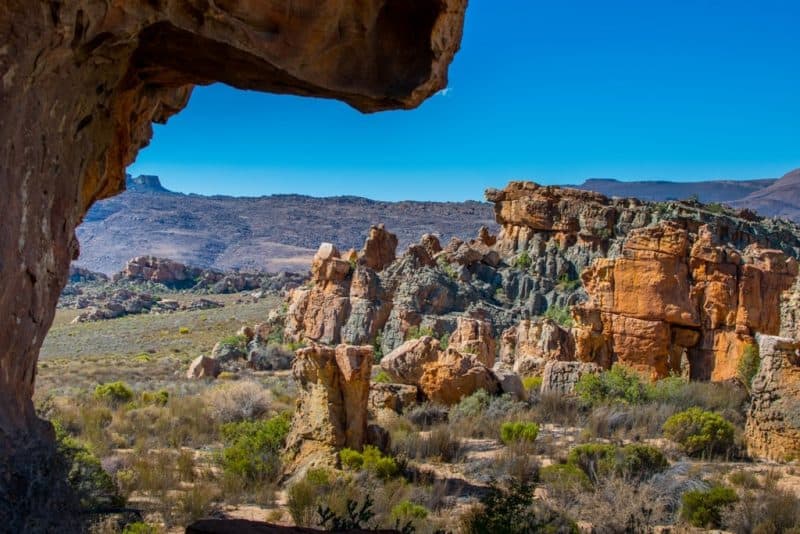
Location: The Cederberg Wilderness Area lies about 200km north of Cape Town and stretches from Citrusdal right through to Clanwilliam, roughly 71,000ha of mountainous terrain.
History: The San and Khoe people inhabited the area in early times, and it was only in the 18th century that European farmers began to farm stock. There are aboriginal people of Southern Africa, just like the indigenous tribes of Tanzania. But the name is derived from the rare Clanwilliam cedar, which is, in fact, an indigenous species of cypress!
Arts and Culture: Anthropologically inclined tourists can explore rocky overhangs and caves with fine examples of rock art found all over the area. Some of these paintings may be up to 6,000 years old and are incredibly fragile. Visitors can enjoy discovering them for themselves, but they should remember that the National Monuments Act protects rock art, and someone caught vandalizing or defacing them faces fines or imprisonment, or both.
Science and Nature: Besides the rare Clanwilliam cedar, another plant unique to the Cederberg is the white snow protea, which grows high in the mountains and only blooms in March. Vegetation is predominantly mountain fynbos, including rooibos tea, while proteas, cone bush, and daisies are also common. More unusual is the rare red disa, which can be found along streams on the plateau.
The Olifants River system has the widest variety of endemic fish species of all rivers south of the Zambezi, and incredibly, eight of the ten indigenous fish species found in the Olifants River are endemic! Due to the declining numbers of fish in the system, a program to protect habitats and to breed fish artificially has been established.
Winters in the Cederberg are cold and wet, with the most rain falling between May and September, with the possibility of snowfalls. The summers, however, are warm and dry. In winter, night temperatures drop sharply, and heavy frost may occur while summer temperatures may reach a scorching 40C.
Entertainment: By prior arrangement, visitors can take up the challenge of a 4×4 route and experience the beauty and tranquillity of the Cederberg.
Sport: The Cederberg is one of the most loved areas in South Africa for hiking and mountaineering. The panoramic views from the peaks, with interesting names like Sneeuberg (2,063m), Corridor Peak (1,971m), and “Table Mountain” (1,969m) are simply breathtaking. For hikers, almost the entire range can be explored on foot on the many clearly marked hiking trails.
Interesting fact: Bushman’s Cave is said to be one of the places where the San used to hold council some 6,000 years ago.
Where to stay: Klein Boschkloof Chalets – a picturesque smallholding, surrounded by the Cederberg Mountains, situated in the unspoiled Boskloof Valley. Architect, Gilbert Colyn, transformed these badly neglected buildings, estimated at being over 250-years old, into stately, high-quality chalets, situated between the orange groves with magnificent views of the mountains.
Hermanus
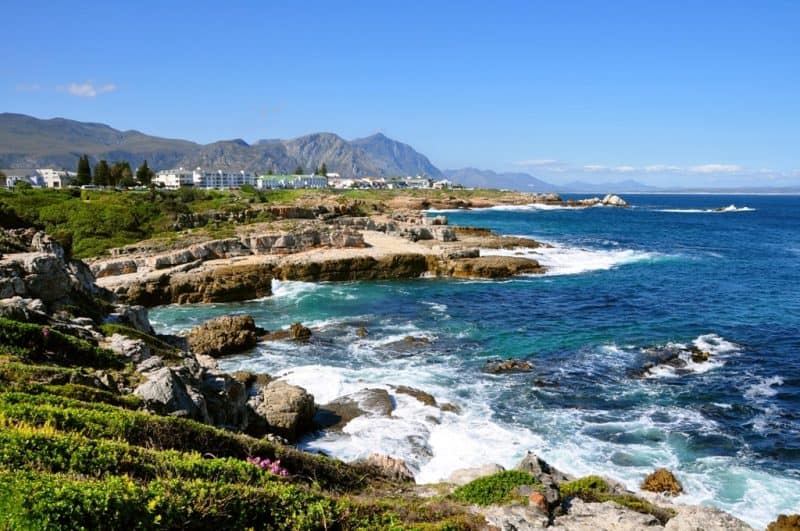
Location: Hermanus lies in the heart of the Cape Whale Route about 120km from Cape Town, and there are claims that it is one of the best holiday and fishing resorts in the world.
History: It is named after its first inhabitant Hermanus Pieters, who would roam through the area selling labor and tending his sheep. In those days, the area north of Hermanus was a leper colony, and it was here that he heard of the trail that led through the mountains to the sea. Once he had found this fantastic spot, others soon followed, and the town developed from there.
Arts and Culture: The only Whale Crier in the world keeps visitors informed about the whales’ whereabouts, and in his own right, it has become a major attraction. The kelp horn he blows has become the soundtrack to this seaside resort during the whale season. Also of historic interest is The Old Harbour, which had remained unchanged from when it was the center of activity in the fishing village. For art lovers, Hermanus is home to many artists whose works are displayed and sold at local shops, galleries, and craft markets.
Science and Nature: For the ecotourist, Hermanus is a dream come true! The town has been acknowledged by the World Wide Fund for Nature (WWF) as one of the twelve best spots for whale watching in the world and visitors can see the whales’ spy hopping, breaching and lobtailing from vantage points in the cliffs, or even take a boat trip to get closer to the action. At the 1,446ha Fernkloof Nature Reserve, the local fynbos includes species of Erica, protea, and gladioli.
Entertainment: Other than whale watching, visitors can soak up the sun and swim or surf at Voelklip and Grotto beaches or try boating at the mouth of the Kleinriviersvlei. A great variety of walks abound for holidaymakers with a little extra energy!
Sport: Visitors can hike through the Fernkloof Nature Reserve, while for the more adventurous traveler, there is scuba-diving, sailing, boardsailing, and kayaking available. There is incredible sport fishing off the coast, with species like kabeljou, yellowtail, shad, and snoek that can be caught, while for those looking for an extreme adventure, why not try cage diving and getting close-up and personal with a Great White shark?
With all the available options, it’s like snorkeling and scuba diving in Florida but less crowded!
If golf is more your game, Hermanus is home to some of the most beautiful courses in the country, including the Hermanus Golf Club and the course at the Arabella Country Estate.
Interesting fact: Hermanus is the only town in South Africa that is completely surrounded by nature reserves.
Where to stay: Lavender Manor Guest Lodge (whale Coast) – is where you can experience spectacular sea views and warm, relaxed hospitality. The accommodation is overlooking the famous Grotto Beach and the scenic cliff path. It’s ideally positioned for whale watching, visiting the different wine routes, and near two world-class golf courses. You can see, smell, and hear the waves break on the beach!
Check out my Garden Route itinerary that includes Hermanus.
Paarl
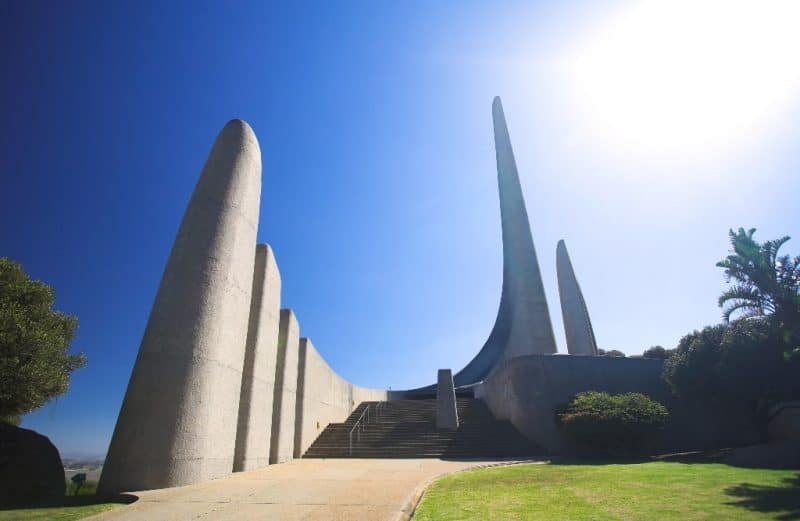
Location: The bustling yet charming town of Paarl lies between the second-largest granite rocky outcrop in the world and Du Toit’s Kloof Mountains, about 60km outside of Cape Town.
History: Paarl is one of the three oldest settlements in the country. Way back in 1667, the first farms in the area were given to the Dutch settlers and the French Huguenots, who didn’t take long to introduce winemaking to the site. Nowadays, it is home to some of the best-known wine estates, of which 28 have been incorporated into the highly regarded ‘red route’.
Arts and Culture: Paarl is a history buff’s paradise! It is regarded as the home of Afrikaans, the local language that drew on the heritage of European countries. On the slopes of Paarl Mountain, the Monument to the Afrikaans and the Language Museum pays homage to the language. The Paarl Museum has a fascinating collection of Cape Dutch furniture and Cape silver. The Strooidak Church is one of the oldest and most historic churches in South Africa, while a visit to the KWV Cellar will prove why the town is the headquarters of the wine industry. Restaurants in Paarl are excellent, and diners can choose from haute cuisine to traditional South African fare. Also of cultural interest is the distinctive style of the buildings in Main Street, where the history of the town is told through its changing architecture.
Science and Nature: Paarl is best known for its massive granite mountain or “Paarl Rock” that appears to glisten like a pearl in certain light. The Paarl Nature Reserve offers scenic drives, as well as being a good point to set off for a walk to the granite domes. Four spectacular drives connect Paarl to its neighboring towns: Du Toit’s Kloof Pass, Helshoogte Pass, Franschhoek Pass, and Bainskloof Pass.
For something a little wilder, travelers can visit the Lion Park or Crocodile Farms!
Sport: In July every year, hundreds of canoeists set off to try and conquer the Berg River Marathon, one of the most grueling canoe races in the world. If that sounds too demanding, outdoor entertainment and activity are almost endless. Why not take a hot-air balloon flight over the Winelands or enjoy climbing Bretagne Rock?
Interesting fact: Paarl Rock, now a provincial heritage site, was called ‘tortoise mountain’ by the Khoe.
Where to stay: De Oude Paarl Boutique Hotel is situated in historical Paarl. All buildings date back to the late 1700s. Superb food and ambiance contribute to true Cape experience. All 26 rooms are individually decorated to reflect the rich tones of the Cape Dutch, Malay and Indian heritage. Celebrate the Cape Winelands lifestyle at De Oude Paarl Boutique Hotel.
Written by Inna Nedostupenko from the Executive Thrillseeker, an adventure travel blog that will teach you how to travel smarter, cheaper, and longer!
You might also like:

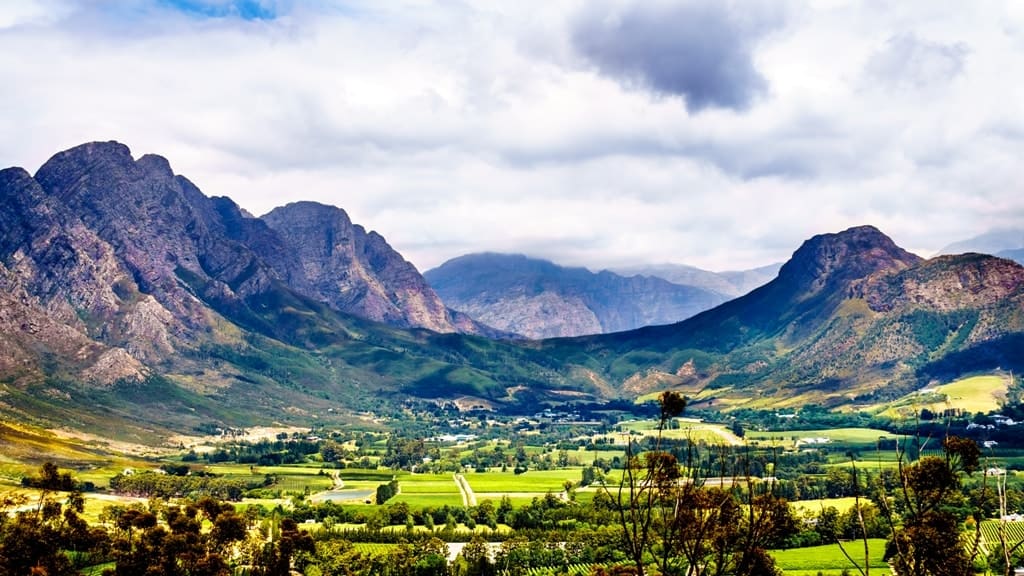
Thanks for this informative post ! I will definitely visit there after this pandemic
wow these are definitely the must visit cities in western part!
These places look very attractive, and in some places even mystical and very beautiful.